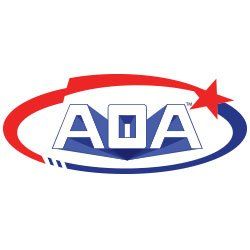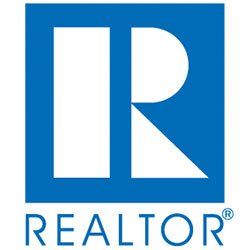Navigating the Rental Landscape: Santa Ana Rent Control Ordinance
Understanding Santa Ana's Rent Control Laws and Rental Registry

Santa Ana, California, a vibrant city known for its rich cultural diversity and historic charm, is also home to a dynamic rental market. With the ever-increasing demand for housing, the city has implemented rent control laws and a rental registry to strike a balance between the needs of landlords and tenants. In this post, we'll delve into the details of Santa Ana's rent control regulations and the significance of the rental registry.
Understanding Rent Control in Santa Ana:
In response to rising concerns about housing affordability, Santa Ana introduced rent control measures to protect tenants from exorbitant rent increases. The city's rent control ordinance, enacted in 2020, limits annual rent increases for qualifying rental units built before January 1, 2005. Landlords are now required to adhere to a maximum annual rent increase percentage, providing tenants with a level of stability and predictability in their housing costs.
Key Points of Santa Ana's Rent Control Laws:
- Covered Units: The rent control ordinance applies to certain rental units constructed before January 1, 2005. Exemptions include single-family homes, condominiums, and affordable housing developments.
- Maximum Rent Increase: Landlords can only increase rent once every 12 months, and the maximum allowable increase is capped at a certain percentage based on the Consumer Price Index (CPI). The City will publish the maximum allowable rent increase no later than June 30 of each year, which shall be effective on September 1 of that year.
- Just Cause Eviction Protections: Tenants in covered units are now protected from arbitrary eviction. Landlords must have a valid reason, such as non-payment of rent or violation of the lease agreement, to evict tenants.
- Petition: There may be circumstances where owners may be able to raise tenants’ rent over 3 percent, subject to approval of a petition for relief from the cap.
Santa Ana Rental Registry:
In addition to rent control laws, Santa Ana has implemented a rental registry program to enhance transparency in the rental market. The rental registry requires landlords to provide detailed information about their rental properties, creating a comprehensive database that city officials can use to monitor and enforce housing regulations. The Rental Registry is an online portal where landlords must register their rental units, update rental unit information, update tenancy information, submit notices, and pay the City’s Rental Registry fee, if applicable. The City’s Rental Registry allows the City to compile key data on rent-stabilized units, track allowable rent increases, monitor compliance with the City’s Ordinance, and communicate rental unit data on a regular basis to both landlords and tenants.
Key Components of the Rental Registry:
- Property Information: Landlords are required to register their rental properties with the city, providing information such as property address, number of units, and contact details.
- Tenant Information: The registry includes information about current tenants, helping the city track occupancy rates and ensure compliance with housing regulations.
- Health and Safety Inspections: Landlords may be subject to periodic health and safety inspections to ensure that rental properties meet the required standards.
- Registration Fee: The rental registration fee for the landlord is $100 a unit every year. Landlords may be able to pass 50% of the fee on to the tenants to cover the incurred cost.
Registration:
In compliance with the Rent Stabilization and Just Cause Eviction Ordinance, all landlords in the City of Santa Ana are required to register their rental unit(s) or claim their rental unit(s) exempt from the Ordinance. A Registration Letter has been mailed to every landlord in the City based upon information from the County of Orange Treasurer - Tax Collector. The Registration Letter contains the Assessor Parcel Number (APN) and Property Identification Number (PIN) required to register their rental unit(s) in the Rental Registry.
If you did not receive a Registration Letter or if you need assistance obtaining your APN and PIN, please contact the Rent Stabilization Program at (714) 667-2209 or rso@santa-ana.org. Please be prepared to verify your property address and ownership information. If your rental unit is exempt from the Ordinance, you must claim an exemption in the City’s Rental Registry. Until and unless you claim an exemption, the City will assume your rental unit is subject to the provisions of the Ordinance, and will commence enforcement accordingly.
Unfortunately, our office is unable to complete the registration process on the Owner's behalf; however we can provide the Owners with the information they need to complete the registration process. Owners may also setup their account and then turn over access to our office so that we may complete the registration process for you.
Conclusion:
The rent control ordinance, with its limitations on annual rent increases, can be perceived as restrictive by property owners who seek the flexibility to adjust rental rates based on market dynamics. Additionally, the introduction of the rental registry introduces a new layer of administrative complexity. As the rental landscape in Santa Ana continues to evolve, we must grapple with these regulatory constraints while endeavoring to address the concerns and needs of property owners and tenants in a rapidly changing market.
If you have questions please feel free to contact our office.
Disclaimer: For legal advice on the Santa Ana Rent Control Ordinance or related matters, please consult a qualified attorney; this information is not a substitute for legal counsel.









